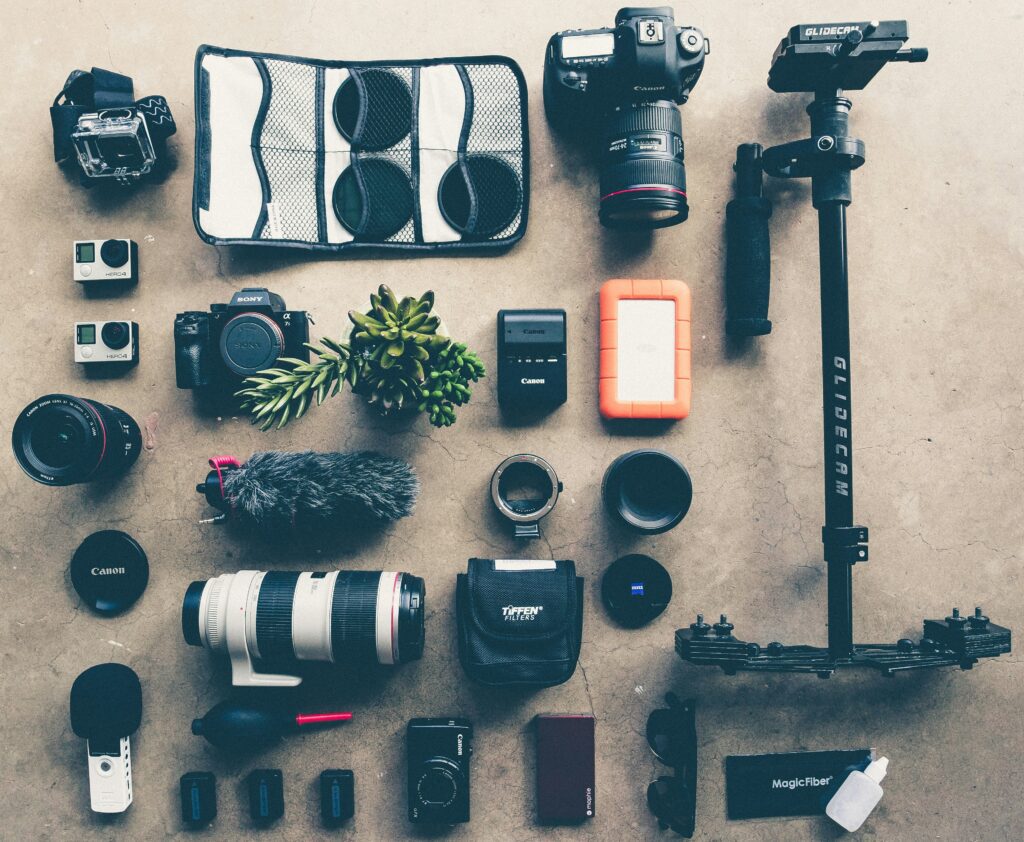Introduction to composition in photography
Photography is more than just a click of the shutter. It’s about telling stories, capturing moments, and evoking emotions through carefully crafted images. At the heart of every stunning photograph lies one crucial element: composition.
Understanding composition can elevate your photography skills from ordinary to extraordinary. Whether you’re snapping photos on your smartphone or using a professional camera, mastering composition will help you create visually striking images that resonate with viewers.
In this article, we’ll explore essential tips and techniques that can transform how you approach each shot. Get ready to unlock new creative possibilities in your photography journey!
Basic elements of composition: balance, symmetry, and leading lines
Balance is crucial in photography. It creates a sense of harmony within the frame. You can achieve balance by distributing visual weight across your composition.
Symmetry draws the eye and adds elegance to an image. A perfectly symmetrical shot often feels pleasing. Finding reflections or architectural elements can help you capture this effect effortlessly.
Leading lines guide viewers through your photograph, creating depth and interest. These lines can be roads, fences, or rivers that direct attention toward a subject. They encourage exploration within the scene.
Each element plays its part in making your images more engaging. Understanding how these foundational aspects work together will enhance your storytelling ability behind the lens. Experimenting with them will open up new creative avenues for you as a photographer.
The rule of thirds and how to use it effectively
The rule of thirds is a fundamental concept in photography that can dramatically enhance your images. Imagine dividing your frame into nine equal parts with two horizontal and two vertical lines. This grid serves as a guideline for placing key elements.
Instead of centering your subject, position it along these lines or at their intersections. Doing so creates balance and draws the viewer’s eye naturally across the image. For landscapes, place the horizon on one of the horizontal lines to add interest.
Experimenting with this technique allows you to break away from traditional compositions. Focus on different focal points within the grid, leading viewers through your photograph’s story. Whether you’re capturing portraits or vast scenery, utilizing the rule of thirds can elevate your artistry significantly.
Creating depth and dimension through perspective and framing
Depth and dimension add richness to your photographs. By using perspective, you can draw the viewer into your image. Experiment with different angles. Shoot from low or high viewpoints to create a unique sense of space.
Framing is another powerful technique. Use elements in your environment—trees, doorways, or windows—to frame your subject. This not only highlights what’s important but also adds layers to the composition.
Consider leading lines as well; they guide the eye through the scene. Roads, rivers, or pathways naturally lead viewers deeper into the photograph.
Don’t shy away from including foreground elements too. They provide context and enhance that three-dimensional feel we all strive for in photography.
Small adjustments can make a big difference. Play around with these methods until you find what resonates best with your style and vision.
Using color, light, and shadow to enhance your composition
Color, light, and shadow are essential tools in photography. They can dramatically change the mood of your images. A vibrant palette can evoke joy, while muted tones often suggest calmness or nostalgia.
Natural light is a photographer’s best friend. The golden hour—just after sunrise or before sunset—offers soft, warm hues that add depth to any scene. Experiment with angles; backlighting can create silhouettes that tell a story.
Shadows play an equally vital role. They add contrast and dimension, creating interest where it might otherwise be flat. Use them to lead the viewer’s eye through your composition.
Don’t shy away from bold colors either. A splash of red against a dull background can instantly draw attention and make your subject pop.
Every element you choose contributes to the narrative you’re crafting through your lens; embrace them fully for stunning results.
Breaking the rules: experimenting with unconventional compositions
Breaking away from traditional composition can lead to extraordinary results. Embrace the unexpected and let your creativity flow.
Try placing your subject off-center or using unusual angles. This approach invites intrigue and captures attention in fresh ways. Tilted horizons or extreme close-ups can create a sense of unease that challenges viewers’ expectations.
Consider shooting through objects, like leaves or window panes. This technique adds layers and depth, transforming an ordinary scene into something captivating.
Don’t shy away from negative space either. Leaving areas of emptiness can draw focus to your subject while evoking emotion and contemplation.
Remember, art thrives on experimentation. The beauty of photography lies in its diversity; dare to break conventions and discover new perspectives that resonate with you personally. Your unique voice will shine through when you allow yourself the freedom to explore beyond established norms.
Tips for practicing and improving your composition skills
Improving your composition skills takes time and practice, but there are plenty of ways to enhance your abilities. Start by studying the work of photographers you admire. Analyze their compositions and think about what makes them effective.
Practice regularly. Carry your camera everywhere and take photos in different settings. Experiment with various angles, distances, and perspectives. Don’t be afraid to shoot multiple frames; sometimes the best shot comes after several attempts.
Join photography groups or online communities where you can share your work for feedback. Constructive criticism can help you see things from a new perspective and identify areas for improvement.
Consider taking a class or workshop focused on composition techniques. Learning from professionals can provide valuable insights that self-study may miss.
Keep an open mind when it comes to breaking traditional rules of composition. Innovation often happens when we step outside our comfort zones embracing unique approaches adds richness to your photographic journey.
